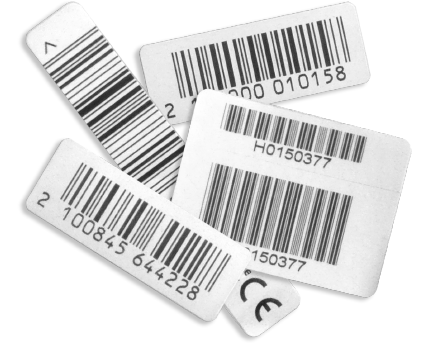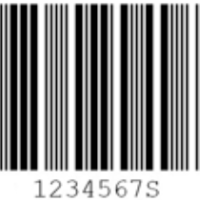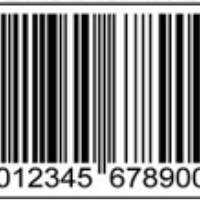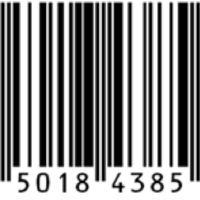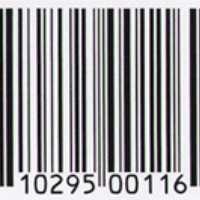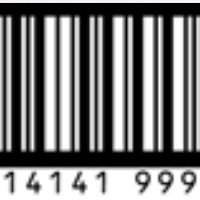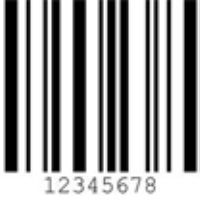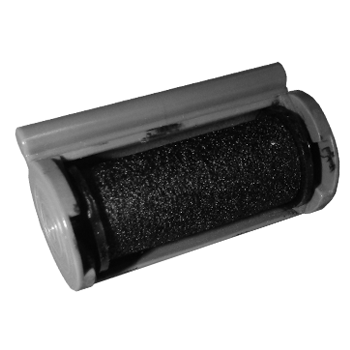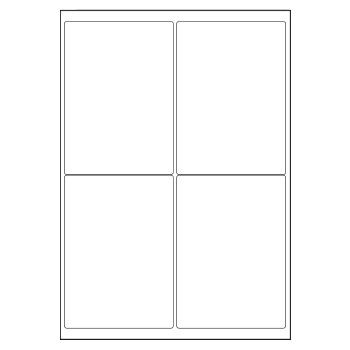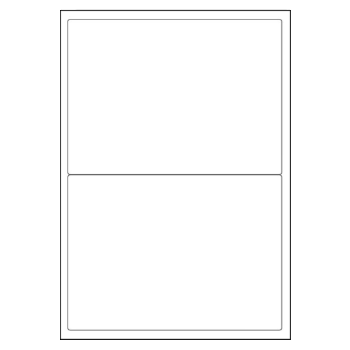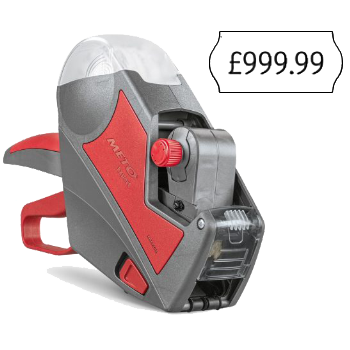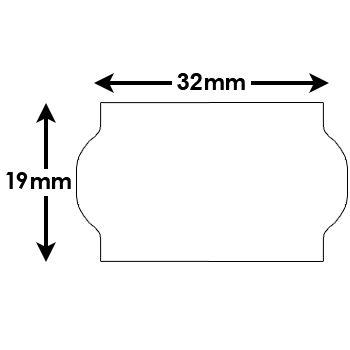BARCODE LABELS
Barcodes have a multitude of uses and are used across a range of industries. They are commonly used for:
- Batch identification
- Marking retail goods
- Indicating serial numbers (for example in food manufacturing)
- Scanning trade items
Whatever your requirements, we're here to help and advise on the best barcode labelling solution for you.
Barcodes have a multitude of uses and are used across a range of industries. They are commonly used for:
- Batch identification
- Marking retail goods
- Indicating serial numbers (for example in food manufacturing)
- Scanning trade items
Whatever your requirements, we're here to help and advise on the best barcode labelling solution for you.
